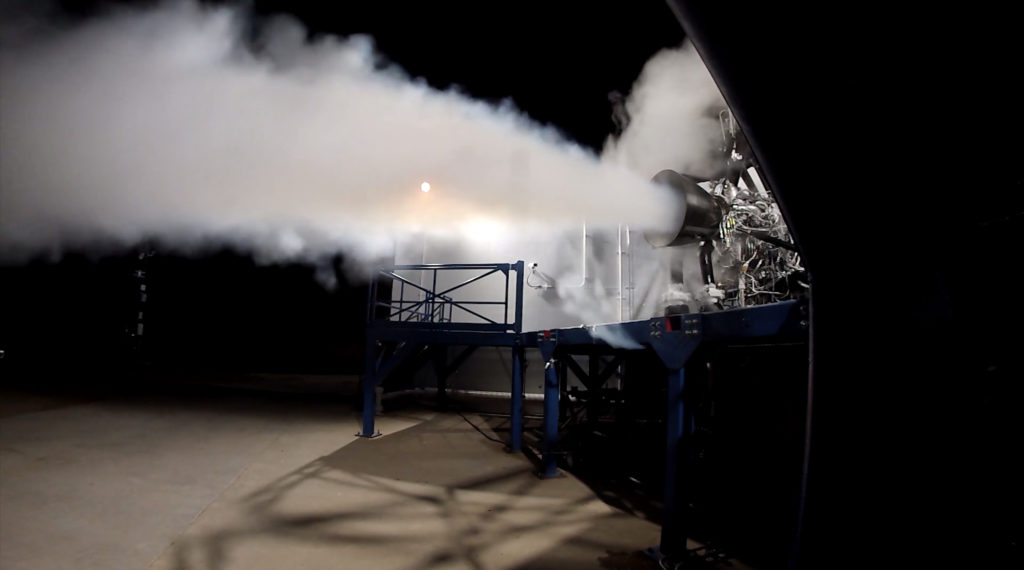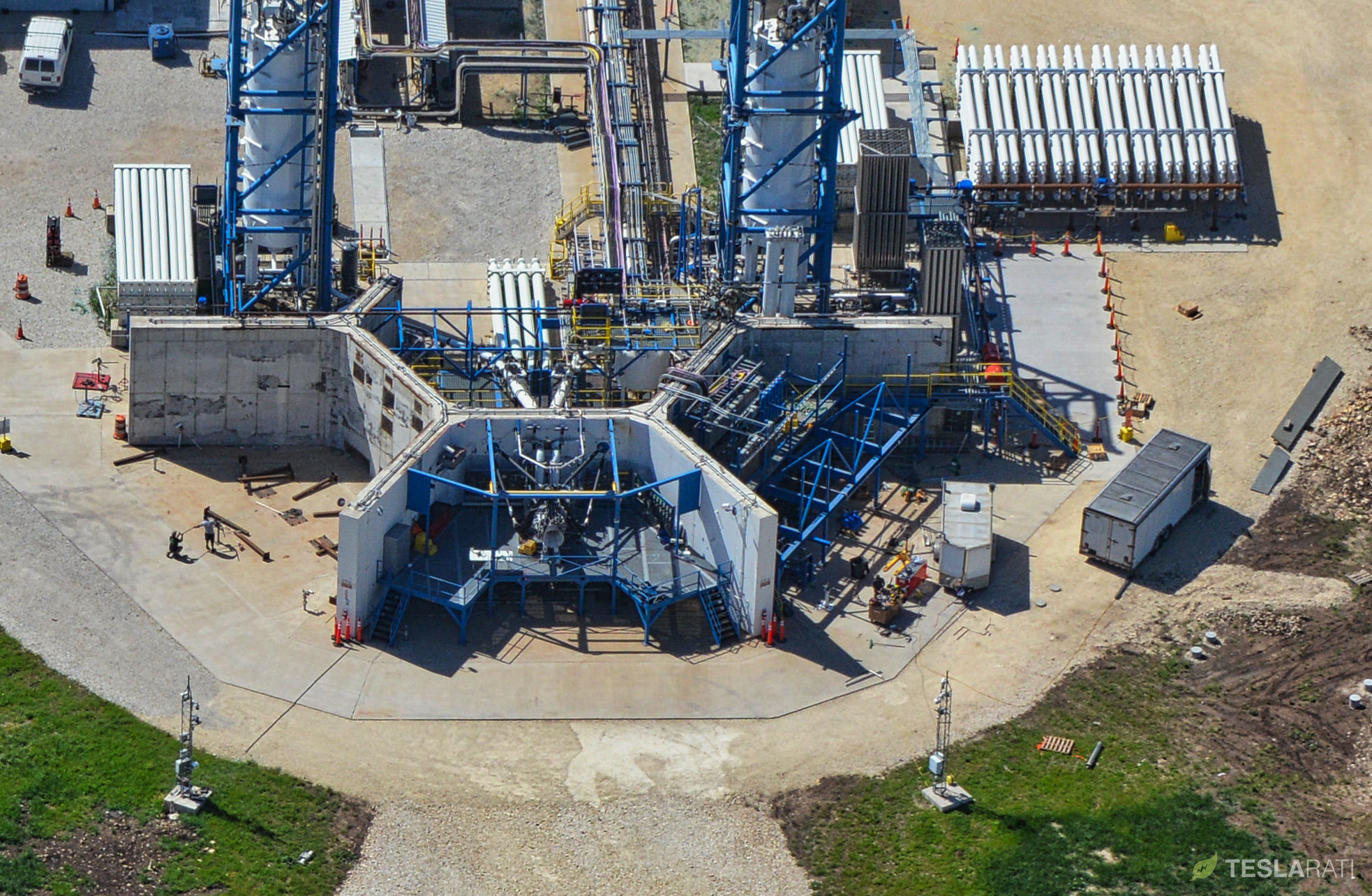
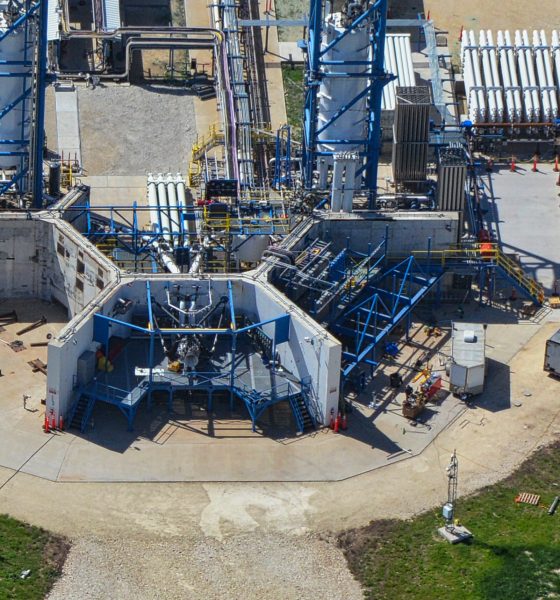
News
SpaceX to use superalloys in Mars rocket Raptor engines, says Elon Musk
A few days after he touched upon methods of creating BFR propellant on Mars, SpaceX CEO Elon Musk mentioned in a tweet that the launch company was using cutting-edge combinations of metals (known as superalloys) to ensure the efficiency and reliability of its Raptor rocket engine, a critical requirement for BFR to enable sustainable colonization of Mars.
In response to a tweeted question about types of metal alloys currently in use at SpaceX, Musk briefly delved into the complexities of building BFR’s propulsion system, particularly with respect to alloys capable of surviving the intense conditions inside a rocket engine:
“[SpaceX is using] SX 300 & soon SX 500. Kind of a modern version of Inconel superalloys. High strength at temperature, extreme oxidation resistance. Needed for ~800 atmosphere, hot, oxygen-rich turbopump on Raptor rocket engine.” – Elon Musk
There’s a lot to break down for the layperson in Musk’s tweet. First and foremost, commenters (your author included) immediately jumped to the conclusion that “SX 300/500” referred to some sort custom SpaceX material, given that SX is a frequent shorthand for SpaceX used in the enthusiast community. In reality, it was quickly discovered that the requirements Musk described for the material – namely “high strength at temperature [&] extreme oxidation resistance” – were nearly the exact same qualities of single-crystal superalloys, extremely advanced metal formulations also notated as SC or SX. It’s quite the apt coincidence that SpaceX will apparently rely on SX alloys for critical components of BFR propulsion.

A 2017 test-firing of the mature development Raptor, roughly 50% less powerful than the full-scale system. (SpaceX)
Single-crystal superalloys employ small amounts of exotic elements in order to better ensure truly unusual crystal formation in metal structures. In the case of SX alloys, the optimal result is a monolithic metal structure that effectively has no visible grain (think wood grain but in metal) – the resulting metal would be a huge monolithic crystal, in other words, uniform down to a near-atomic level. These SX superalloys are already used regularly for industrial applications requiring the ability to reliably operate in extremely corrosive high-pressure, high-temperature environments for long periods of time, most frequently seen in gas turbines for energy generation and airplane propulsion.
Per Musk, SpaceX intends to take those alloys a step further, developing its own SX-300 and SX-500 iterations for the purpose of building a reliable, robust turbopump for the Raptor propulsion system. In pursuit of the greatest possible efficiency, Raptor’s turbopump will run oxygen-rich, meaning that the inherently imperfect combustion process will lean towards excess oxygen in the exhaust, rather than excess methane. In simple terms, this choice is partially motivated by the fact that oxygen molecules are slightly lighter than methane molecules (15.999u vs. 16.04u). More importantly, the higher the pressure in the turbopump, the higher the pressure in Raptor’s combustion chamber, which directly correlates with more efficient combustion and thus a more efficient rocket engine overall. All improvements to its subcomponents will inherently end up benefiting SpaceX’s BFR booster and spaceship, the latter of which is already nearing initial prototype construction.
- SpaceX’s current Texas facilities feature a test stand for Raptor, the engine intended to power BFR and BFS to Mars. (SpaceX)
- SpaceX’s Raptor proceeds through the complex process of ignition. (SpaceX)
- SpaceX’s subscale Raptor engine has completed more than 1200 seconds of testing in less than two years. (SpaceX)
- SpaceX’s three-bay Raptor test stand as of April 17. The middle bay is currently home to the subscale Raptor test program. (Aero Photo)
While SpaceX cut its original Raptor specifications by roughly 50% compared to its 2016 goals, it appears that the company’s ambitions for the downsized Raptor are smaller in name only. In a May 2018 presentation, Chief of Propulsion Tom Mueller foreshadowed those future ambitions while humbly acknowledging that the Merlin 1D powering Falcon 9 and Heavy is already a masterpiece of engineering: “Merlin holds the thrust to weight record for now… but Raptor’s coming.”
Follow us for live updates, peeks behind the scenes, and photos from Teslarati’s East and West Coast photographers.
Teslarati – Instagram – Twitter
Tom Cross – Twitter
Pauline Acalin – Twitter
Eric Ralph – Twitter

Elon Musk
Tesla CEO Elon Musk confirms Robotaxi safety monitor removal in Austin: here’s when
Musk has made the claim about removing Safety Monitors from Tesla Robotaxi vehicles in Austin three times this year, once in September, once in October, and once in November.

Tesla CEO Elon Musk confirmed on Tuesday at the xAI Hackathon that the company would be removing Safety Monitors from Robotaxis in Austin in just three weeks.
This would meet Musk’s timeline from earlier this year, as he has said on several occasions that Tesla Robotaxis would have no supervision in Austin by the end of 2025.
On Tuesday, Musk said:
“Unsupervised is pretty much solved at this point. So there will be Tesla Robotaxis operating in Austin with no one in them. Not even anyone in the passenger seat in about three weeks.”
Musk has made the claim about removing Safety Monitors from Tesla Robotaxi vehicles in Austin three times this year, once in September, once in October, and once in November.
In September, he said:
“Should be no safety driver by end of year.”
The safety driver is just there for the first few months to be extra safe.
Should be no safety driver by end of year.
— Elon Musk (@elonmusk) September 4, 2025
On the Q3 Earnings Call in October, he said:
“We are expecting ot have no safety drivers in at least large parts of Austin by the end of this year.”
Finally, in November, he reiterated the timeline in a public statement at the Shareholder Meeting:
“I expect Robotaxis to operate without safety drivers in large parts of Austin this year.”
Currently, Tesla uses Safety Monitors in Austin in the passenger’s seat on local roads. They will sit in the driver’s seat for highway routes. In the Bay Area ride-hailing operation, there is always a Safety Monitor in the driver’s seat.
Three weeks would deliver on the end-of-year promise, cutting it close, beating it by just two days. However, it would be a tremendous leap forward in the Robotaxi program, and would shut the mouths of many skeptics who state the current iteration is no different than having an Uber.
Tesla has also expanded its Robotaxi fleet this year, but the company has not given exact figures. Once it expands its fleet, even more progress will be made in Tesla’s self-driving efforts.
News
SpaceX reportedly mulling IPO, eyeing largest of all time: report
“I do want to try to figure out some way for Tesla shareholders to participate in SpaceX. I’ve been giving a lot of thought to how to give people access to SpaceX stock,” Musk said.
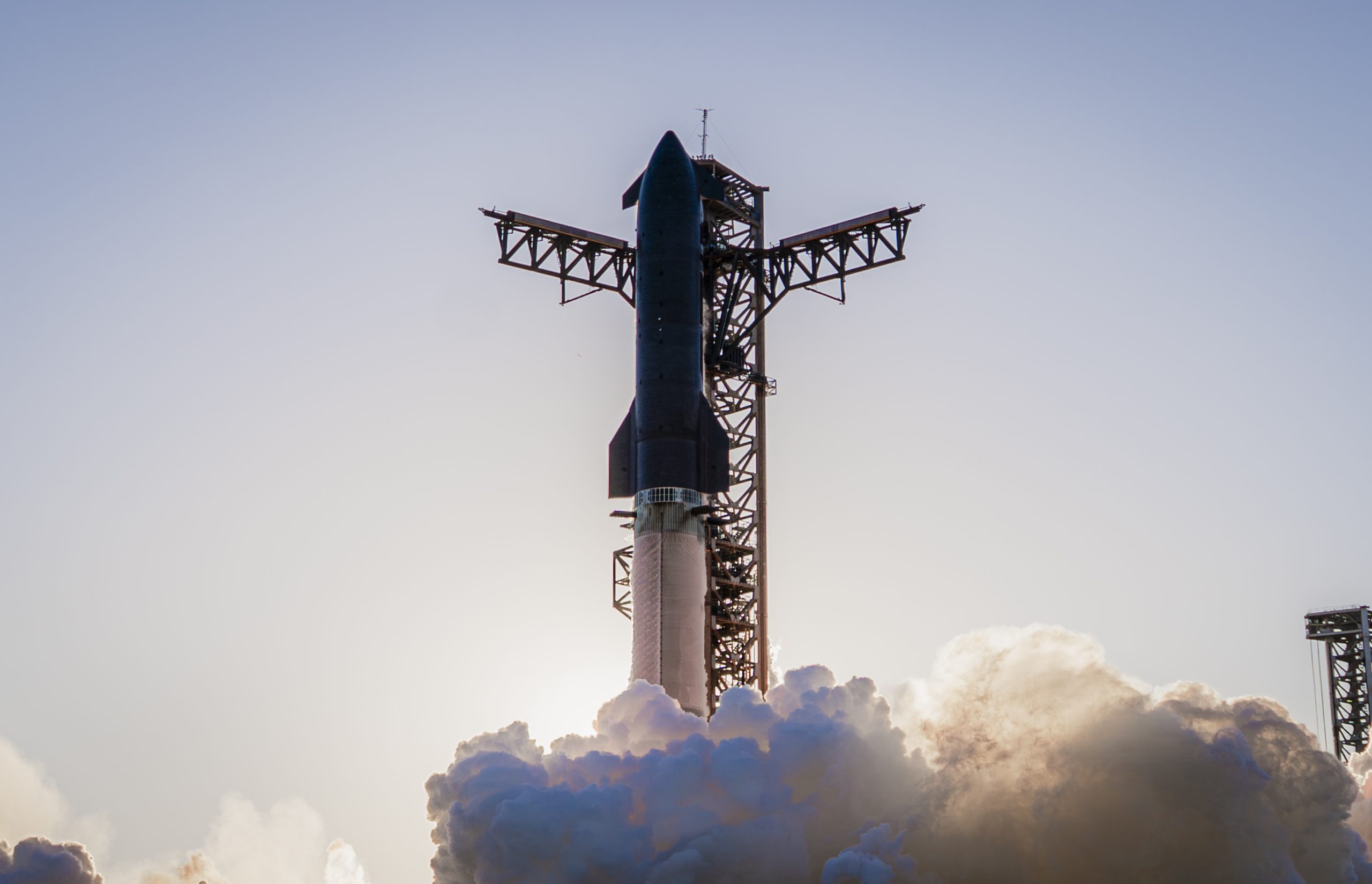
SpaceX is reportedly mulling an initial public offering, eyeing what would be the largest valuation at the time of availability of all time, a new report from Bloomberg said on Tuesday.
It is one of many reports involving one of Elon Musk’s companies and a massive market move, as this is not the first time we have seen reports of an IPO by SpaceX. Musk himself has also dispelled other reports in the past of a similar nature, including an xAI funding round.
SpaceX and Musk have yet to comment on the report. In the past, untrue reports were promptly replied to by the CEO; this has not yet gained any response, which is a good sign in terms of credibility.
However, he said just a few days ago that stories of this nature are inaccurate:
“There has been a lot of press claiming SpaceX is raising money at $800B, which is not accurate. SpaceX has been cash flow positive for many years and does periodic stock buybacks twice a year to provide liquidity for employees and investors. Valuation increments are a function of progress with Starship and Starlink and securing global direct-to-cell spectrum that greatly increases our addressable market. And one other thing that is arguably most significant by far.”
There has been a lot of press claiming @SpaceX is raising money at $800B, which is not accurate.
SpaceX has been cash flow positive for many years and does periodic stock buybacks twice a year to provide liquidity for employees and investors.
Valuation increments are a…
— Elon Musk (@elonmusk) December 6, 2025
Musk has discussed a potential IPO for SpaceX in recent months, as the November 6 shareholder meeting, as he commented on the “downsides” of having a public company, like litigation exposure, quarterly reporting pressures, and other inconveniences.
Nevertheless, Musk has also said he wants there to be a way for Tesla shareholders to get in on the action. At the meeting in early November, he said:
“I do want to try to figure out some way for Tesla shareholders to participate in SpaceX. I’ve been giving a lot of thought to how to give people access to SpaceX stock.”
Additionally, he added:
“Maybe at some point., SpaceX should become a public company despite all the downsides of being public.”
Musk has been historically reluctant to take SpaceX public, at times stating it could become a barrier to colonizing Mars. That does not mean it will not happen.
Bloomberg’s report cites multiple unidentified sources who are familiar with the matter. They indicate to the publication that SpaceX wants to go public in mid-to-late 2026, and it wants to raise $30 billion at a valuation of around $1.5 trillion.
This is not the first time SpaceX has discussed an IPO; we reported on it nine years ago. We hope it is true, as the community has spoken for a long time about having access to SpaceX stock. Legendary investor Ron Baron is one of the lucky few to be a SpaceX investor, and said it, along with Tesla, is a “lifetime investment.”
Tesla bull Ron Baron reveals $100M SpaceX investment, sees 3-5x return on TSLA
The primary driver of SpaceX’s value is Starlink, the company’s satellite internet service. Starlink contributes 60-70 percent of SpaceX’s revenue, meaning it is the primary value engine. Launch services, like Falcon 9 contracts, and the development of Starship, also play supporting roles.
News
SpaceX reaches incredible milestone with Starlink program
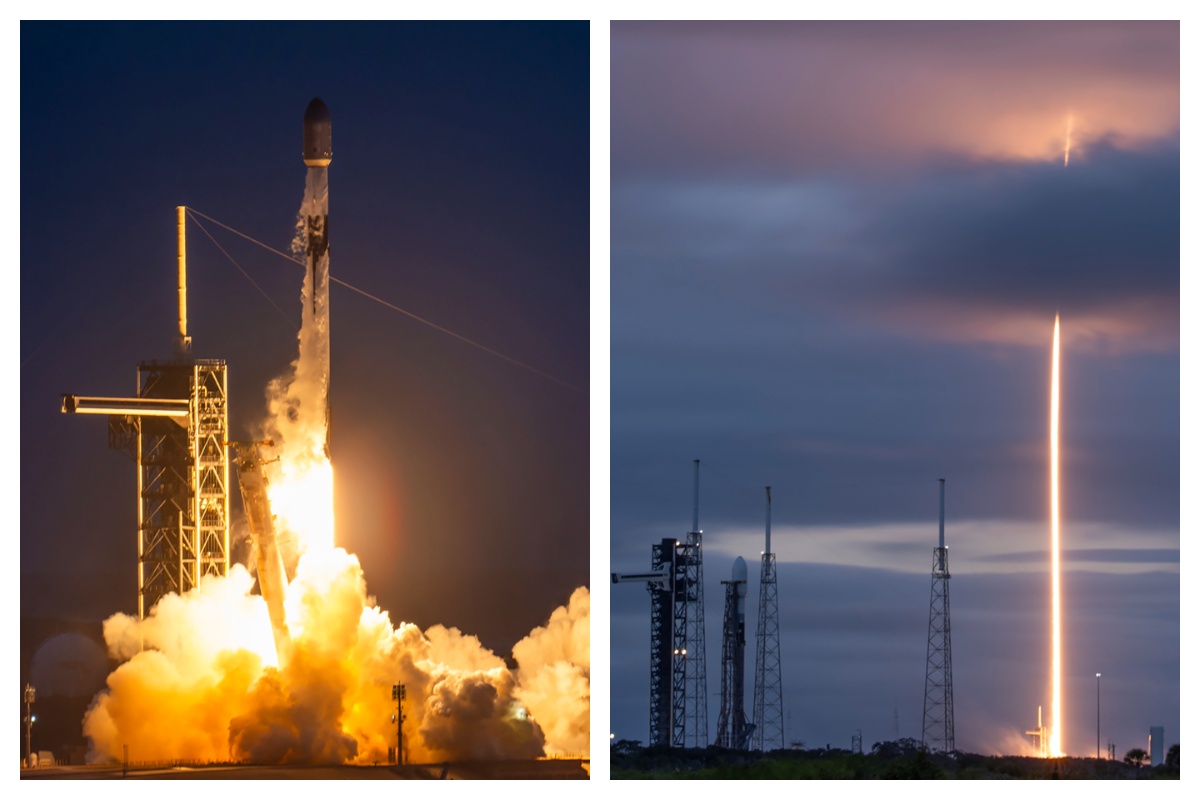
SpaceX reached an incredible milestone with its Starlink program with a launch last night, as the 3,000th satellite of the year was launched into low Earth orbit.
On Monday, SpaceX also achieved its 32nd flight with a single Falcon 9 rocket from NASA’s Kennedy Space Center.
The mission was Starlink 6-92, and it utilized the Falcon 9 B1067 for the 32nd time this year, the most-used Falcon booster. The flight delivered SpaceX’s 3000th Starlink satellite of the year, a massive achievement.
There were 29 Starlink satellites launched and deployed into LEO during this particular mission:
Falcon 9 launches 29 @Starlink satellites from Florida pic.twitter.com/utKrXjHzPN
— SpaceX (@SpaceX) December 9, 2025
SpaceX has a current goal of certifying its Falcon boosters for 40 missions apiece, according to Spaceflight Now.
The flight was the 350th orbital launch from the nearby SLC-40, and the 3,000 satellites that have been successfully launched this year continue to contribute to the company’s goal of having 12,000 satellites contributing to global internet coverage.
There are over five million users of Starlink, the latest data shows.
Following the launch and stage separation, the Falcon 9 booster completed its mission with a perfect landing on the ‘Just Read the Instructions’ droneship.
The mission was the 575th overall Falcon 9 launch, highlighting SpaceX’s operational tempo, which continues to be accelerated. The company averages two missions per week, and underscores CEO Elon Musk’s vision of a multi-planetary future, where reliable connectivity is crucial for remote work, education, and emergency response.
As Starlink expands and works toward that elusive and crucial 12,000 satellite goal, missions like 6-92 pave the way for innovations in telecommunications and enable more internet access to people across the globe.
With regulatory approvals in over 100 countries and millions of current subscribers, SpaceX continues to democratize space, proving that reusability is not just feasible, but it’s also revolutionary.
